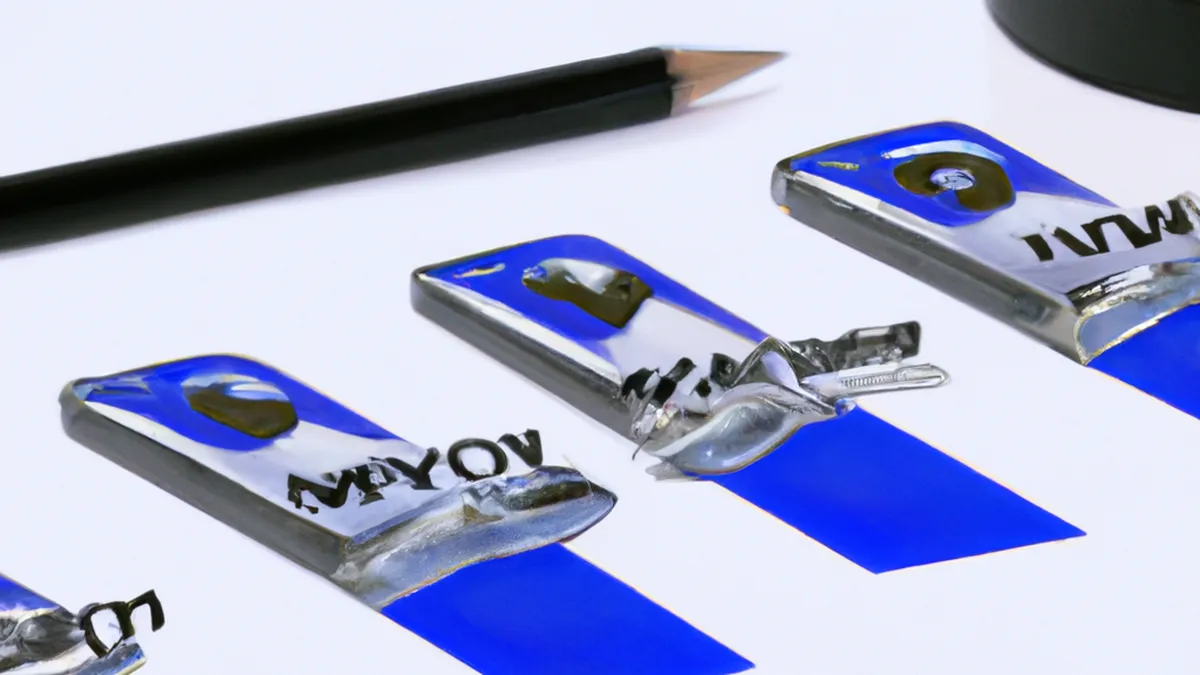Promoting Trust Within Team Dynamics
Understanding the Psychological Aspects of Team Dynamics
Team dynamics shape how teams function and achieve goals. Interactions, relationships, and behaviors of team members influence progress. Understanding these psychological aspects enhances teamwork, boosts productivity, and fosters a positive work environment. This blog post highlights factors affecting team dynamics and offers practical tips for creating a healthy team environment.
The Role of Communication in Team Dynamics
Effective communication forms the backbone of successful teams. It influences how members interact, share ideas, and collaborate. Open communication builds trust, essential for cohesive teamwork. Trust strengthens relationships, fostering collaboration and support.
Clear communication also reduces misunderstandings. When everyone knows their roles, confusion decreases, and accountability increases. Teams that communicate well tackle challenges efficiently and innovate together. Thus, create an environment where members feel comfortable sharing their ideas for successful teamwork.
Encouraging Open Dialogue
Encourage regular check-ins and meetings to promote open dialogue. These gatherings let team members share updates, discuss challenges, and celebrate successes. Create a safe space where everyone feels valued and heard. When members feel secure expressing thoughts, they engage and contribute meaningfully.
Using Technology Wisely
In today’s digital age, technology enhances communication. Tools like Slack, Microsoft Teams, and Zoom facilitate instant collaboration. However, use these tools wisely. Over-reliance on digital communication can hinder personal relationships. Balance technology with face-to-face conversations to maintain optimal team dynamics.
Understanding Personality Types
Every team consists of individuals with different personality types, contributing unique strengths. Recognizing these differences enhances collaboration and performance. For instance, some members prefer one-on-one interactions, while others thrive in group settings. Understanding preferences tailors communication and collaboration styles to everyone’s needs.
Utilizing Personality Assessments
Consider using personality assessments like the Myers-Briggs Type Indicator (MBTI) or the DISC assessment. These tools help team members understand their personalities, strengths, and weaknesses. When team members recognize their differences, they collaborate more effectively. This awareness fosters empathy, reduces conflict, and enhances teamwork.
Embracing Diversity
Diversity serves as a powerful asset for creativity and problem-solving. Teams with various perspectives, experiences, and backgrounds approach challenges innovatively. Encourage team members to share unique viewpoints and insights. Embracing diversity improves decision-making and team dynamics, leading to superior outcomes.
Conflict Resolution in Teams
Conflict naturally arises in group settings due to differing opinions. Address conflicts promptly and constructively to maintain a healthy team environment.
Conclusion
In summary, understanding team dynamics enhances collaboration and productivity. Effective communication, personality recognition, and diversity foster a positive team environment.
Below are related products based on this post:
FAQ
What is the importance of communication in team dynamics?
Effective communication forms the backbone of successful teams. It influences how members interact, share ideas, and collaborate. Open communication builds trust, essential for cohesive teamwork. When communication is clear, it reduces misunderstandings and increases accountability, allowing teams to tackle challenges efficiently and innovate together.
How can personality assessments improve team collaboration?
Personality assessments like the Myers-Briggs Type Indicator (MBTI) or the DISC assessment help team members understand their personalities, strengths, and weaknesses. By recognizing their differences, team members can tailor their communication and collaboration styles to meet everyone’s needs. This awareness fosters empathy, reduces conflict, and enhances overall teamwork.
What role does diversity play in team dynamics?
Diversity serves as a powerful asset for creativity and problem-solving within teams. Teams with various perspectives, experiences, and backgrounds are able to approach challenges more innovatively. Encouraging team members to share unique viewpoints enhances decision-making and improves team dynamics, ultimately leading to superior outcomes.















Post Comment